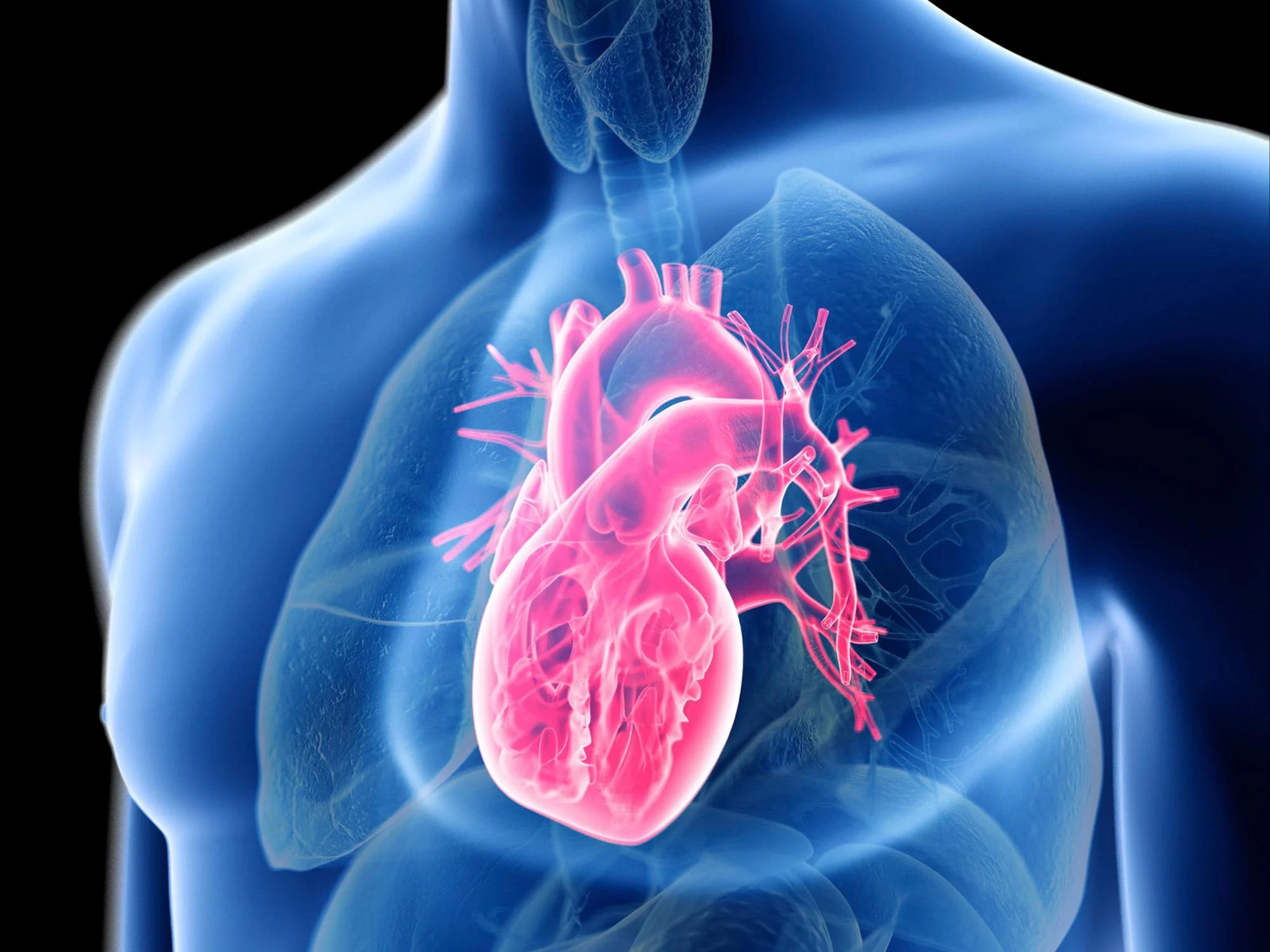Researchers have uncovered a surprising way in which cholesterol infiltrates the heart’s cellular engines, disrupting their energy production at the most fundamental level. Credit: Stock
Revolutionising Heart Health Through Mitochondrial Restoration
Scientists have unveiled a groundbreaking immunotherapy that restores the heart’s energy-producing cells by clearing cholesterol buildup, offering a potential breakthrough in treating heart disease.
How Cholesterol Damages Heart Cells
The Role of Mitochondria in the Heart
Our heart muscle cells, or cardiomyocytes, rely heavily on mitochondria — tiny powerhouses that generate the energy needed for each heartbeat. When these mitochondria are impaired, the entire heart suffers.
Cholesterol’s Silent Invasion
Conditions like obesity, diabetes, and high LDL cholesterol lead to the accumulation of cholesterol inside mitochondria. This overload shuts down energy production, weakening the heart’s performance over time.
The LRP1 Gateway
Researchers discovered that a receptor called LRP1 acts as a gateway for cholesterol to enter mitochondria. Once inside, cholesterol clogs up the machinery, disrupting the cell’s ability to function.
A Breakthrough in Immunotherapy
Targeting the Root of the Problem
To combat this, scientists engineered a targeted antibody therapy that blocks the LRP1 pathway. This treatment prevents new cholesterol from entering mitochondria and helps clear the cholesterol that’s already there.
Restoring Heart Cell Energy
Animal studies showed promising results: the therapy reversed cholesterol-induced mitochondrial damage and fully restored energy production in heart cells.
Why This Discovery Matters
Going Beyond Statins
While drugs like statins lower cholesterol in the bloodstream, they don’t repair damage inside cells. This new approach tackles the issue directly within the heart’s mitochondria.
The Energy Crisis in Cardiomyocytes
Cardiomyocytes are packed with mitochondria—making up nearly one-third of their volume. Restoring their function could dramatically improve heart performance and resilience.
What Comes Next?
From Lab to Clinic
Though results in mice are exciting, the next step is clinical testing in humans to evaluate safety and efficacy. If successful, this could redefine how we treat cholesterol-related heart disease.
Future Possibilities
Researchers envision this immunotherapy as a complement to existing cholesterol-lowering treatments, forming a multi-layered strategy against heart damage.
A New Era for Heart Disease Treatment
This innovative immunotherapy offers a beacon of hope for millions. By targeting the root of mitochondrial damage, it may pave the way for a future where heart cells don’t just survive—but thrive.
What other hidden causes of heart disease could be waiting to be uncovered? Stay curious with DailySciTech.com.
Reference: “LRP1 immunotherapy enhances cardiomyocyte respiration by restricting cholesteryl ester accumulation in mitochondria” by A. Benitez-Amaro, E. Garcia, M.T. LaChica Lhoëst, A. Polishchuk, I. Zegri-Reiriz, D. Vilades, J.M. Guerra, L. Fernández-del-Rio, S. Mirabet, V. Samouillan, O. Shirihai, M. Liesa, C. Enrich and V. Llorente-Cortés, 22 March 2025, Journal of Lipid Research.
DOI: 10.1016/j.jlr.2025.100783
Daily science news 2025, Best science blogs, New science research 2025, Popular science articles, Latest science news 2025










